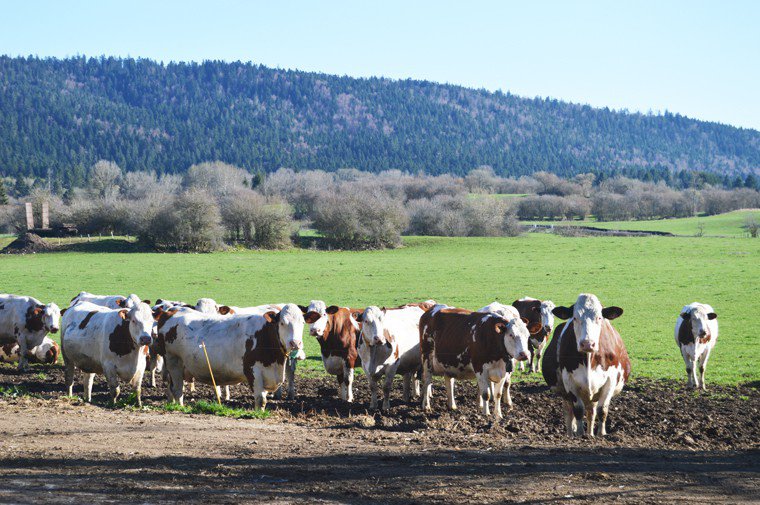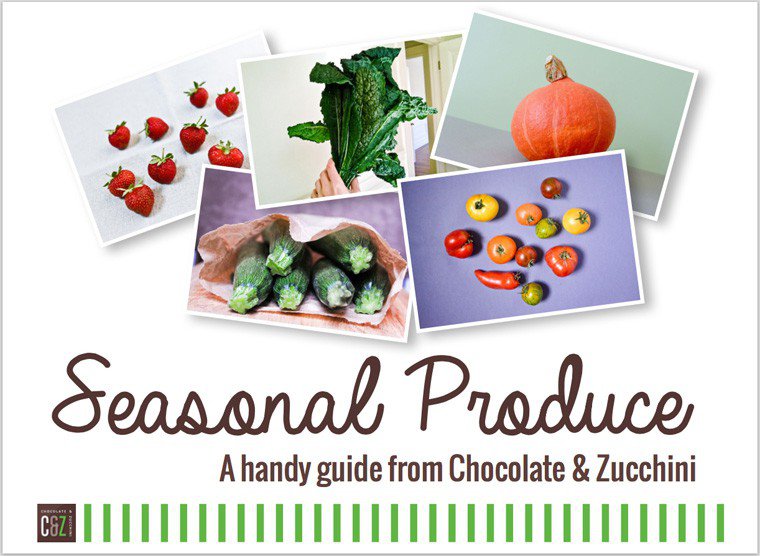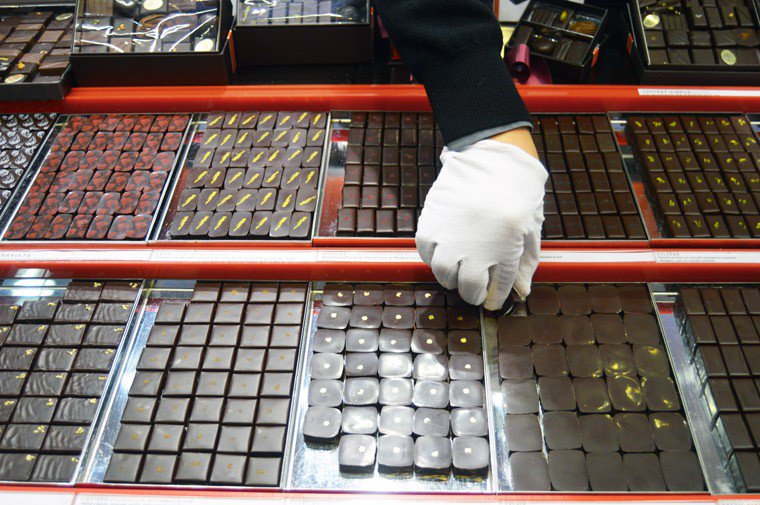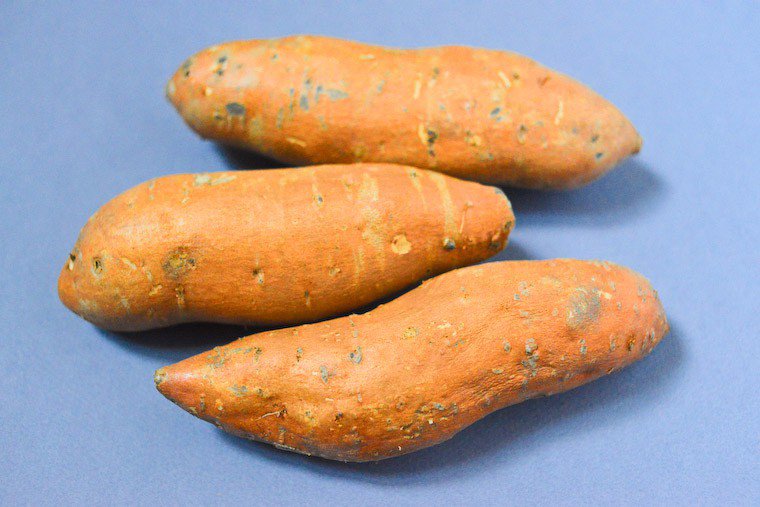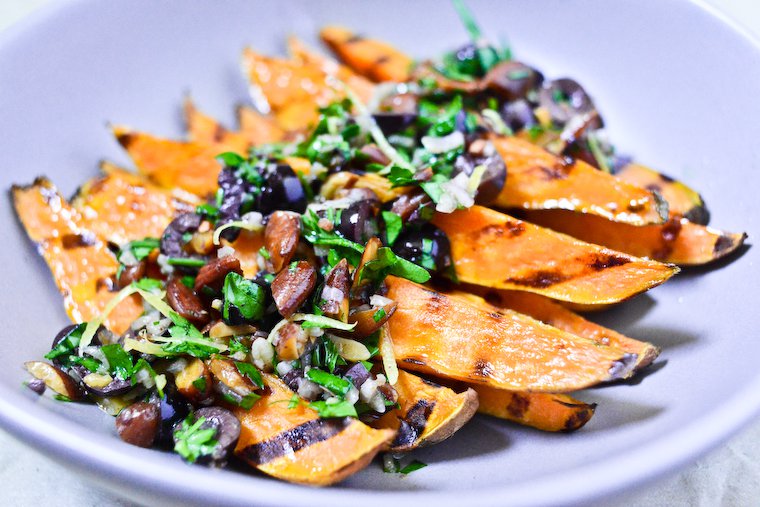This is a guest post written by Anne Elder, my wonderful intern, about the recent class trip* she took to the Jura. The photos are also hers. Take it away, Anne!
When I drive through France, the roadside signs always make me feel like I’m about to meet a celebrity, bearing names of towns I only know from the perspective of my tiny Paris kitchen, and the labels on my favorite foods.
I felt that very excitement traveling through the Jura, a French region that’s just south of popular oenophile destination Burgundy, but one that is oft overlooked by tourists. It is a lush mountainous region near the Swiss border, where the land lends itself to the production of many delicious terroir foods.
The concept of terroir is pervasive in French cuisine (and increasingly in America, too), dating back centuries.
Eating a produit du terroir means you are indirectly tasting the ground in (or on) which it was made — tasting the soil, the climate, the craftsmanship. This notion ranges from cheese, and how the hay eaten by the Montbéliard cows impacts its flavor, to wine and how the precise fusion of soil and climate and skill meet to grow grapes that are pressed into such a complex beverage.
Jura is a goldmine when it comes to seeking out terroir. Equipped with rain boots and notebooks, my classmates and I were determined to learn how to taste France. We drove over hilltops, past rows of sapins (spruce trees, which are cut down into boards where the cheese will be left to age) and stayed in a gîte, a no-frills guest house.
During our five days there, we were afforded the opportunity to see the cheese production from the farm to the aging cellar, taste wine still ripening in oak barrels, and sample many more local recipes and products cooked by gracious hosts.
If you are able to travel to Jura on your next trip to France, here are the terroir products you must not miss.


